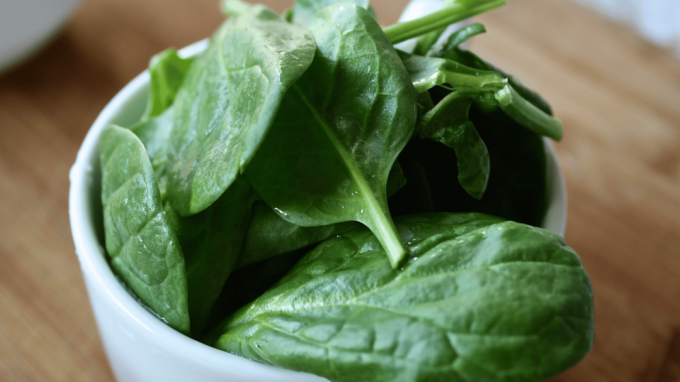O respiratory system is responsible for the gaseous exchanges that occur between animals and the environment.
In humans, breathing is pulmonary, that is, the lungs are the organs who receive the oxygen of the external environment.
see more
Biology teacher fired after class on XX and XY chromosomes;…
Cannabidiol found in common plant in Brazil brings new perspective…
In the breathing process, the blood of the body is oxygenated through the entry of oxygen into the body and the carbon dioxide resulting from body metabolism is eliminated, this process is called hematosis.
We prepared a list of exercises on the respiratory system so you can test your knowledge about this subject.
Take the opportunity to download the PDF at the end of this publication!
Exercises – Respiratory system
1) (UnB) Mark the alternative that presents a structure common to the respiratory and digestive systems.
a) bronchi
b) pharynx
c) lung
d) esophagus
e) Larynx
2) The lungs are spongy organs, formed by millions of pulmonary alveoli, which are the places where the hematosis process occurs. This organ is covered by a membrane called:
a) diaphragm.
b) pericardium.
c) peritoneum.
d) pleura.
3) (UFRN) During breathing, when the diaphragm contracts and descends, the volume of the thoracic cavity increases, therefore the intrapulmonary pressure:
a) Decreases and facilitates the entry of air.
b) increases and facilitates the entry of air.
c) decreases and hinders the entry of air.
d) increases and hinders the entry of air.
e) increases and expels air from the lungs.
4) We know that inspired air initially passes through the nostrils and nasal cavities. In this place we find hairs and mucus that:
a) act by removing impurities from the air, such as dust and pathogenic agents.
b) act by cooling and humidifying the air.
c) act by helping in the process of hematosis.
d) act by cooling the air and providing protection against the entry of microorganisms.
5) (PUC-MG) The gaseous exchange of oxygen and carbon dioxide in the alveoli takes place:
a) through pinocytosis of the fluid of the bronchioles by the capillary.
b) by the difference in tension of these gases between the alveolus and the capillary.
c) through the association of these gases with the transporter protein in the bronchiole.
d) by the action of enzymes that increase the penetration power of gases in the capillaries.
e) by active transport, which involves the action of permeases.
6) (FEBA) Hematosis occurs:
a) in the cytoplasmic matrix.
b) in the mitochondrial matrix.
c) in the atria of the heart.
d) in the ventricles of the heart.
e) in the alveoli of the lungs.
7) Breathing is only possible due to the joint movement of ribs, intercostal muscles and diaphragm, which determine the movements of inspiration and expiration. Regarding these two processes, mark the correct alternative.
a) Expiration is the movement of air through the airways.
b) During inspiration, the diaphragm and intercostal muscles relax, causing the thorax to increase in size.
c) In the process of expiration, air leaves the lungs due to a decrease in the volume of the thoracic cavity and an increase in internal pressure.
d) In the process of inspiration, the contraction of the intercostal muscles and the diaphragm occurs, causing an internal pressure greater than the external one.
8) Inspiration and expiration are respiratory movements performed, respectively, for the entry and exit of air from our body. Inspiration is caused by contraction of which muscle in the respiratory system?
a) lung
b) diaphragm
c) Epiglottis
d) pharynx
e) Larynx
9) (Fuvest) In man, control of respiratory movements is exercised:
a) by the brain.
b) by the cerebellum.
c) by the bulb.
d) by the medulla.
d) by the pituitary gland.
10) (PUC-MG) Gas exchange in the human lung, under normal conditions, occurs:
a) in the alveoli.
b) in the bronchioles.
c) in the bronchi.
d) in the trachea.
e) in the larynx.
feedback
1 — b
2 — d
3 — the
4 — the
5 — b
6 — and
7 — c
8 — b
9 — c
10 — the
Click here to download this list of exercises in PDF!
See too:
- Digestive system questions
- List of exercises – Ecological relationships
- List of Exercises – Kingdom Animalia

